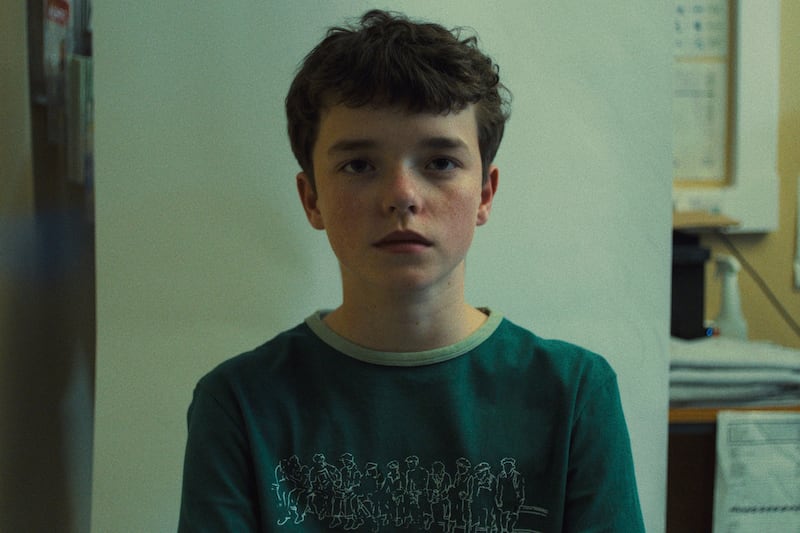When the high-Victorian Bank Buildings on Royal Avenue in Belfast went on fire in August 2018, it looked as if this iconic element of the city’s architectural heritage would be lost. Indeed, such was the ferocity of the blaze and the catastrophic damage it caused that the surviving shell might well have been demolished.
“It was a harrowing sight,” says Stephen Douglas, of the architectural firm Hall Black Douglas. There was nothing left but the external walls and there were real fears that these could collapse, seriously endangering public safety in the immediate vicinity. “We were called in to see if the structure was capable of being stabilised and then restored.”
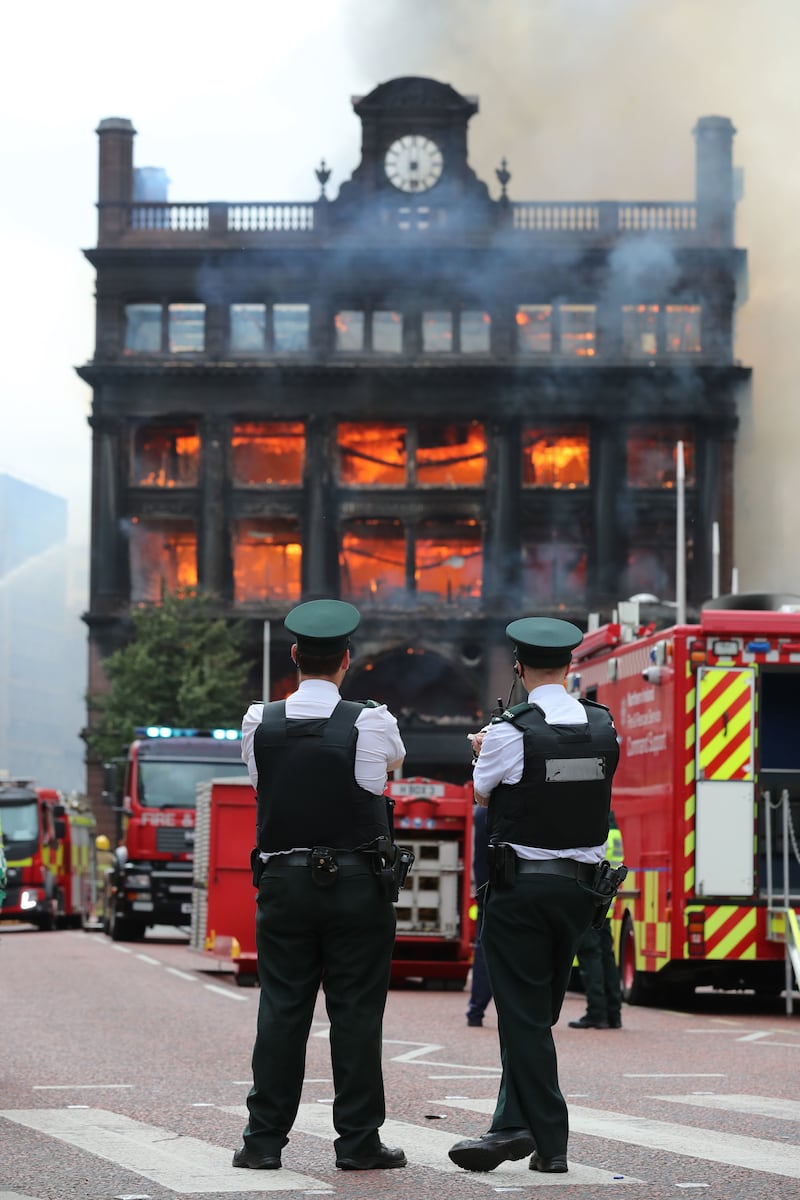
For a while it was touch and go as to what would happen, with divergent views and sometimes heated arguments between the stakeholders. As the burned-out building was fenced off to protect passersby from the risk of falling masonry, the options ranged from demolition and replacement to full restoration.
Working with the Dublin-based structural engineers ByrneLooby (now named Ayesa), Hall Black Douglas devised a conservation-led strategy – with the full support of the Irish multinational fashion retailer Primark (Penneys in the Republic), which had owned and occupied the building since 1979. “Go ahead, and do it right,” Douglas was told.
Thankfully, in a city that has lost so much of its Victorian heritage, the Bank Buildings’ pivotal importance was recognised. Designed by the leading Belfast architect William Henry Lynn as a department store for Robertson, Ledlie, Ferguson & Co and completed in 1899, it is the focal point of a fine group of historic buildings at Castle Place.
It also stands on the original site of Belfast Castle, dating from about 1220, while the River Farset (Feirste, as Gaeilge), from which the city derives its name, flows beneath it in a culvert. Bank Buildings got its name from Cunningham’s Bank, which was built there in the 18th century (and replaced by a drapery warehouse in the 1850s).
A team of more than 20 stonemasons from all over Ireland worked on the restoration project. Every stone in the upper portion of the facade above the principal cornice, including the elaborate attic storey with its burnt clock, had to be taken down for safety reasons – but only after being surveyed, numbered and meticulously catalogued.
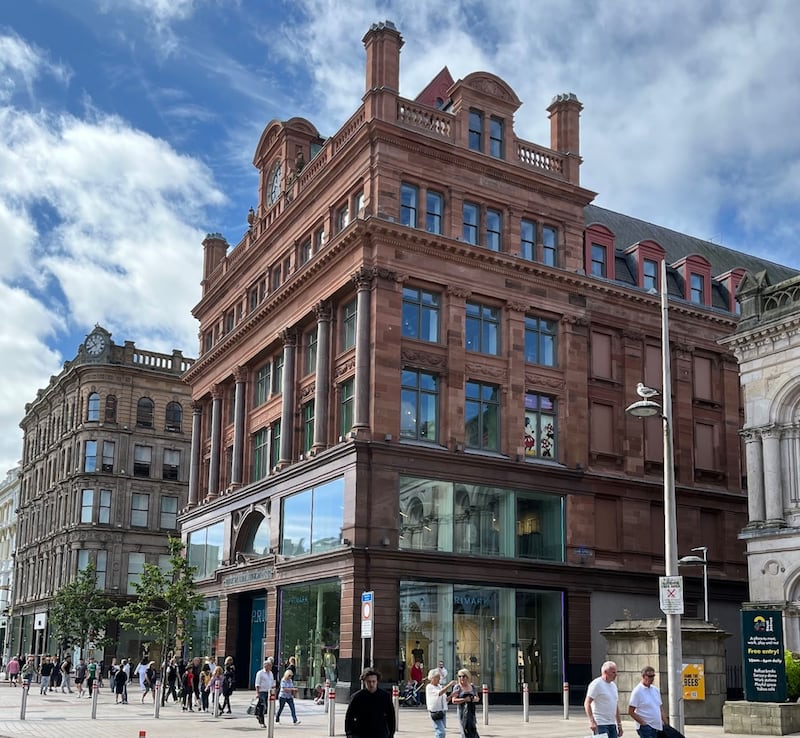
Ballasted shipping containers were craned into place to provide lateral support for the forlorn walls. Some of the red sandstone had melted, and three of the six giant-order Corinthian columns were so badly cracked that they had to be replaced. But these are indistinguishable, as the new granite was sourced from the same quarry in Scotland.
One of the fire-damaged red-sandstone window surrounds, on the side of the building in Castle Street, was left unrestored as a memorial. All of the windows were sensitively double-glazed, a replica clock was made by Canavan Clockmakers, in Lurgan, and the building got a new “umbrella” roof cantilevered over its walls.
“The whole process involved making a hypothesis, then proving it,” Douglas says. “And seeing is believing.”
Remarkably, the entire project was completed in four years at a cost of £100 million, or about €120 million, underwritten by Primark’s insurers. “It was the best possible outcome for Belfast, and restored pride in the city.”
The heroic restoration of Bank Buildings was one of the projects shortlisted for the 2024 Irish Georgian Society’s conservation awards, which were presented on Thursday. It was chosen by the jury, on which I have served since 2010, as joint winner alongside the ongoing restoration programme at McKee Barracks in Dublin.
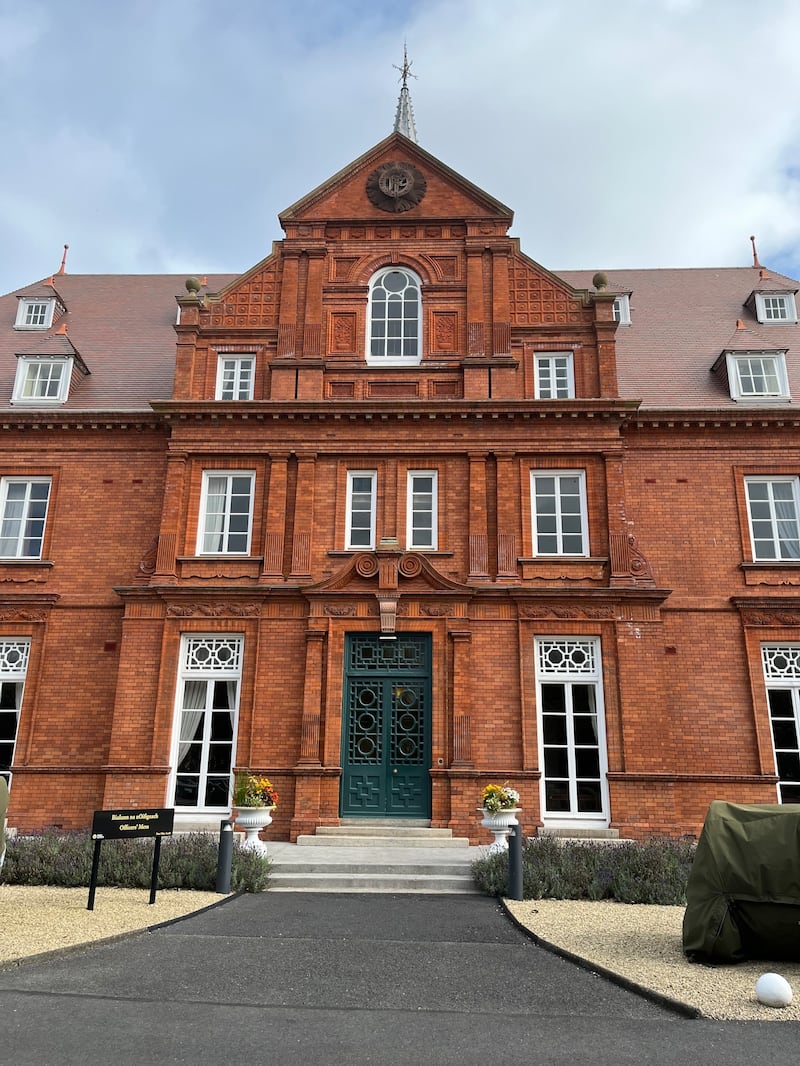
McKee is Ireland’s most impressive military complex. Built as Marlborough cavalry barracks in the late 1880s, it housed 800 horses, and it was from there that British Lancers set out to crush the 1916 Rising, without much success. It was renamed after the IRA brigadier Dick McKee, who was shot dead in Dublin Castle on Bloody Sunday 1920.
The exuberance of its redbrick architecture, with pinnacled turrets, decorative chimneys, terracotta panels and red-tiled roofs, led to a belief that it was intended to be built in the Punjab and the British war office had somehow got the plans mixed up. But this urban myth was dismissed by the architectural historian Maurice Craig.
According to archiseek.com, the plans were prepared by the Royal Engineers corps of the British army under the direction of Maj Robert Barklie, from Larne, Co Antrim. Original drawings, extraordinarily beautiful in their hand-drawn detail, were rediscovered by Taylor McCarney Architects, which is overseeing the current works at McKee.
Eamon McCarney says the barracks contain “some of the finest examples of carved brick ornamentation in Ireland”. Much of it had been eroded by air pollution over decades, leading to loss of the surface layer, while earlier patchwork repairs using coloured hard cement mortar had only accelerated the process of decay.
Tiles were sliding off roofs, some buildings had been vacated and became derelict, and the Department of Defence eventually faced up to the fact that the entire complex needed a building-by-building conservation strategy to ensure its future. Taylor McCarney won the commission, working with the highly regarded Nolans Group.
There’s so much work to be done that a brick factory was established on site to produce a constant supply of clay bricks with 25 different dimensions and profiles for the repair works. Aaron Ennis, one of the young men employed there, is so enthusiastic about his work that he hopes to continue doing it “until I retire”.
Nolans director Shane Nolan says it is probably the first on-site brick factory to be set up in Ireland for 100 years. Under the expert guidance of Stefan Emmelmann, technical manager at Terracotta Design Ireland, the team of brickmakers have learned craft skills that had been all but lost since the advent of concrete blocks.
Conserving the external fabric of the Officers’ Mess, facing south over the vast parade ground, required specialist brick manufacture, the hand-carving of lost and damaged terracotta elements, the replacement of decayed sections of its zinc-clad fleche, or spire, and the reinstatement of the original chimneys to restore the building’s historical silhouette.
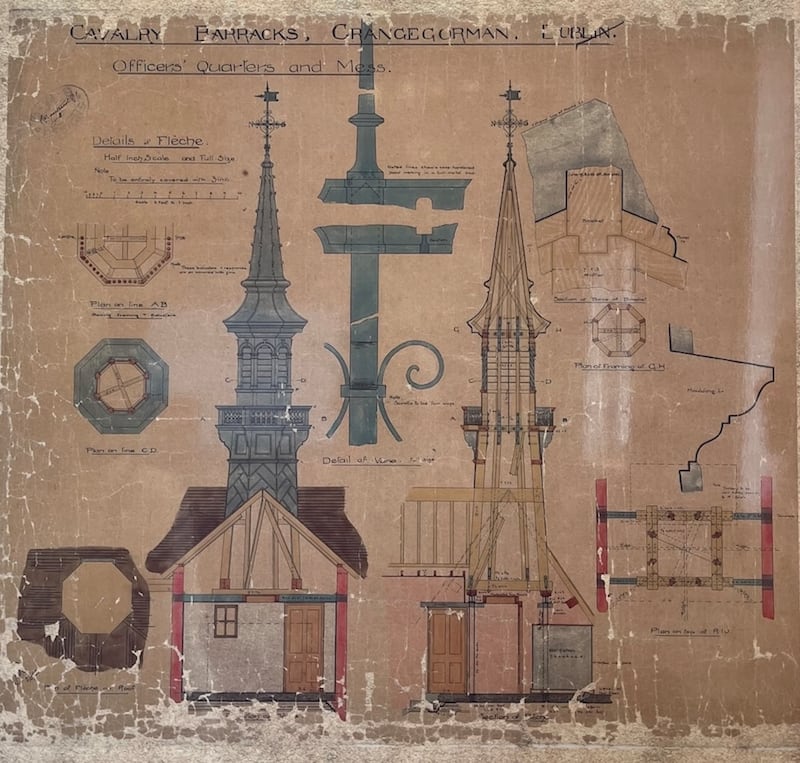
The even larger ornately detailed bell tower that rises nine metres above the roof of McKee’s central block had to be stripped of its deteriorated zinc cladding so that its timber structure could be repaired. Guided by the original drawings, the decorative zinc was then re-created and shaped by hand, using traditional techniques.
The jury highly commended Shaffrey Architects for a more modest project: the restoration and conversion to single residential use of the upper floors of an early-18th-century three-storey building on Clarendon Street in Dublin that previously housed Magill’s delicatessen and now has a faux foliage-garlanded cafe called Be Sweet. An exemplary living-over-the-shop project, the duplex apartment oozes character by retaining its 1720s period staircase and much of its timber wall panelling, while also having a contemporary fitted kitchen and free-standing bath. But whether it’s possible to live there with the late-night noise from local bars is a moot point.
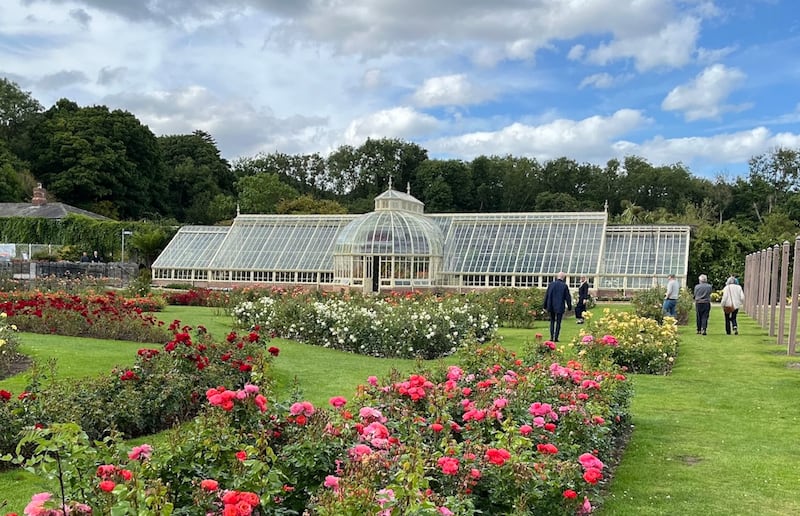
A commendation was awarded to de Blacam and Meagher Architects for their well-researched reinstatement of a wonderful glazed vinery and propagation house in the walled garden of Ardgillan Demesne, near Balbriggan in north Co Dublin, working with the conservation specialists Lambstongue on behalf of Fingal County Council.
Manufactured by the Edinburgh-based company Mackenzie & Moncur in about 1870, the wrought-iron-and-timber structure was originally erected at Seamount House, in Malahide, and donated to the council in 1992. It is now so well placed at Ardgillan that it looks as if it has always been there, in the midst of extensive gardens open to the public.
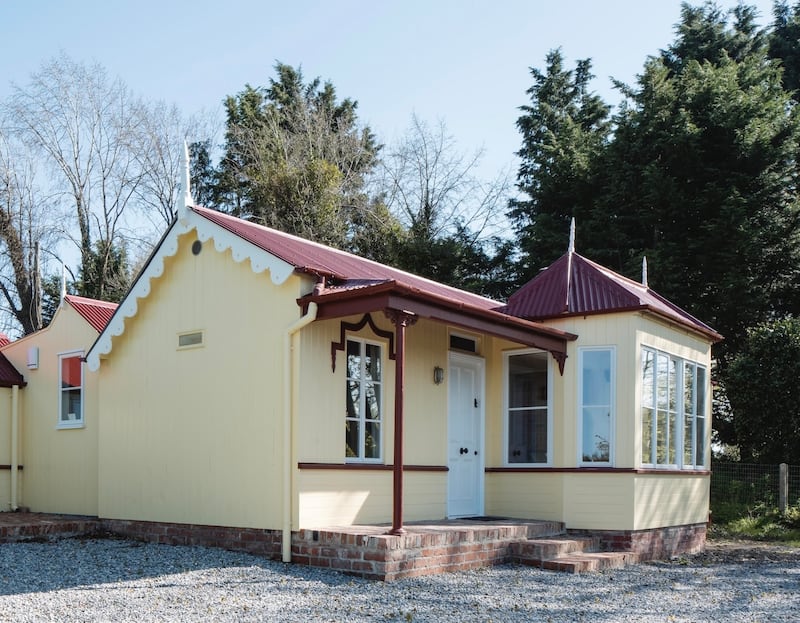
A second commendation went to Lotts Architecture for the clever restoration of a unique prefabricated lakeside holiday home, from about 1910, called the Bungalow, in Dromineer, Co Tipperary. It was commissioned by Serope Biman Seropian, an Armenian who served as Persia’s consul to Ireland and married a Nenagh woman, Elizabeth Foley. Over the years the summer house fell into disuse and was “a complete wreck” when Richard McLoughlin of Lotts was called in to restore it by the present owners. Using old photographs and other clues, he managed to piece it back together, remaining true to its quirky character while also turning it into a comfortable home.
The Irish Georgian Society awards, sponsored by Ecclesiastical Insurance, aim to promote best practice in giving new life to historic buildings. There was also an award for original drawing won by Ciaran Dolan, with high commendations for Fergal MacCabe and Alex Peacock.


